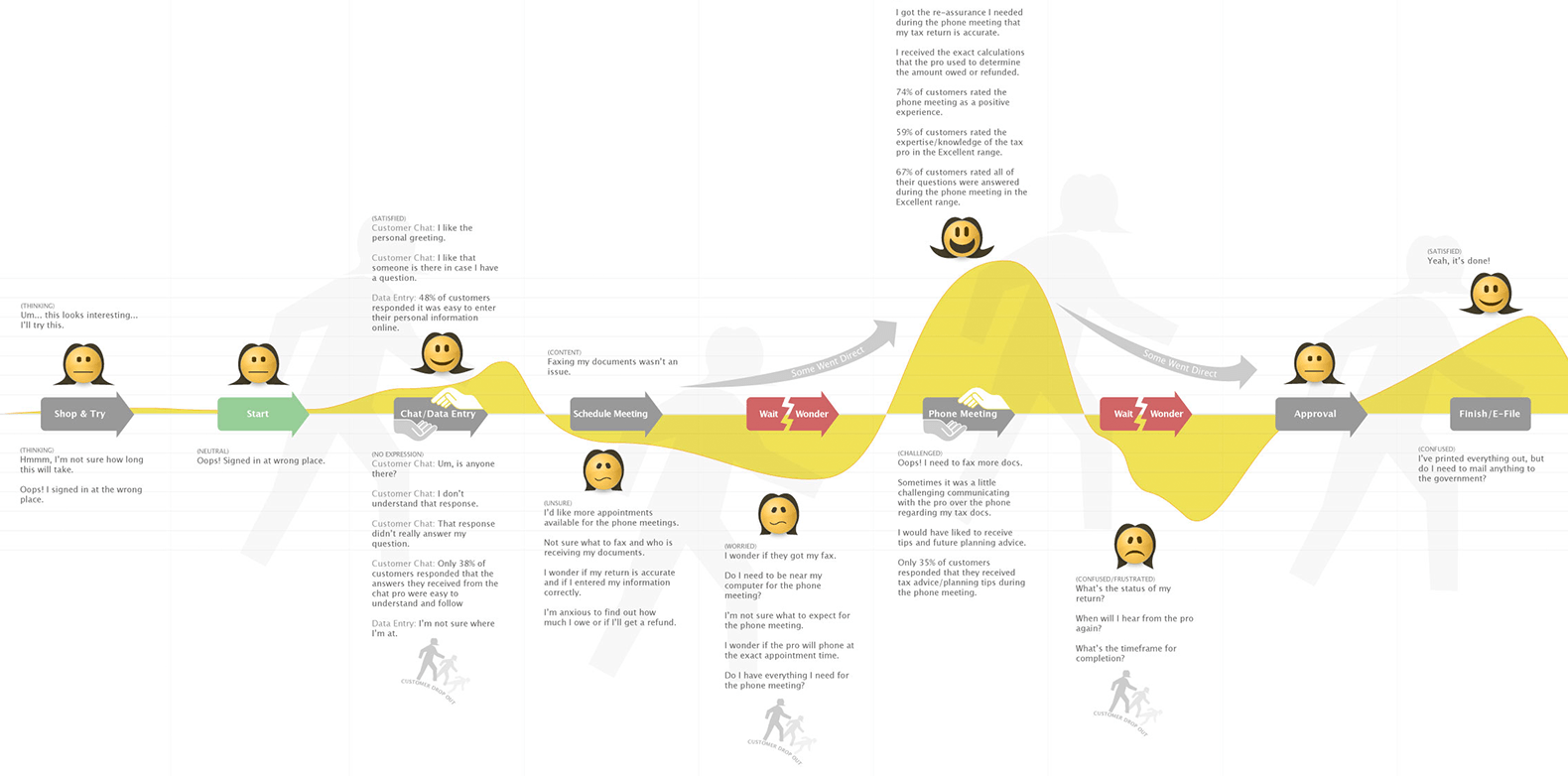Ethnographic Research
You can always learn a great deal about your users when you observe them in the context of their own world
What is ethnographic research?
Ethnographic research—also called field research—is research done in the field. For anthropologists that means observing cultures within the context of where they live. In much the same way, for UX researchers, it means studying users in their natural habitats—whether that is their homes, their offices, or “in the wild”—wherever they engage with the product.
Additionally, ethnographic research can provide contextual information that is not available through other research methods. Contextual information includes the user’s goals, the tasks they are trying to accomplish, the tools and resources they are using, and their cultural context.


Why is ethnographic research important?
Ethnographic research provides UX researchers with insights into the user’s world. It allows researchers to gain empathy for their users by seeing the environments and constraints that affect user experience.
No amount of usability testing can get at this real-world understanding. Observing users in the artificial environment of a lab or any controlled environment provides feedback that is outside the context of the user’s natural environment.
The missing piece that ethnographic research provides is insight gained from observing users in their own environment and learning what that world looks like.
How can ethnographic research help your business?
Ethnographic research is most beneficial for businesses that are in the early stages of developing a new product. We call this the requirements-gathering stage. During this stage some important insights you can gain about your users are:
- Understanding the context in which your users use your product
- Identifying unexpected issues that you may not have anticipated
These findings also provide the building blocks for creating personas of users, which can inform design throughout development.
image credit https://puppyhero.com/
FAQ’s about Ethnographic Research
-
How do you conduct ethnographic research?
Depending on the product, its context of use, and the team’s goals for the research, an ethnographic research study can be non-interventional or semi-structured.
- Non-interventional/day-in-the-life approach—following a user through all or part of a day. In this approach, the researcher is a silent observer and notetaker of a typical day in the life of the participant. At a break or the end of the session, the researcher can ask questions to flesh out observations.
- Semi-structured interview—using a script or facilitator guide prepared by the research team. This approach allows the researcher to gather similar information from all study participants. If the structure of the session provides a way for the participant to show as well as tell how they go through a process, the richness of the learning experience is greatly enhanced.
-
Is ethnographic research qualitative or quantitative?
Ethnographic studies are a type of qualitative research. The fancy term for this type of study is empirical research. “Empirical” means that the research is based on evidence observed in the context of the user’s environment. Through a number of these observations, patterns will typically emerge that shed light on users’ experience and inform decision making based on information discovery about users and their environments.
-
How is ethnographic research different from usability testing?
Unlike usability lab testing where users are in an artificial, controlled environment, ethnographic research provides the opportunity for the researcher to observe the “artifacts” in the user’s environment and to learn how users engage with the product within their own environment, complete with its distractions and limitations.
-
What is ethnographic research also known as in UX?
Ethnographic research goes by several names in the UX world. It can be called site visits, in-home studies, point-of-sale store studies, field studies, and contextual inquiry.
What is an example of an ethnographic research study?

Ethnographic research may also be referred to as in-home studies, point-of-sale store studies, field studies, and contextual inquiry.
Our client wanted to learn about homeowners’ concerns regarding home safety and security, so they asked UX Firm to set up in-home study visits. Participants had to be in the market for a home security system or have recently purchased or upgraded an existing system. That requirement meant that everyone we would visit would have fresh knowledge of their experience of making a selection.
After asking some introductory questions to learn what mattered most in their decision-making, we asked each participant to go to several home security websites to show us how they learned about the products offered, and what they found helpful or frustrating.
Each session took under an hour, during which time we recorded the session and took photos (with permission).
The qualitative data obtained from the home visits were analyzed for themes and trends and then presented to the client in a findings meeting.
The findings gave insights to the client to help them determine how to enter the marketplace by addressing their users’ needs in a way that their competitors did not.
Related Ethnographic Research Resources
Your resource for best practice in planning and conducting UX research.
UX Research Tools: Diary Studies, Ethnographic Research (Contextual Inquiry), Focus Groups
Size Matters.
We are a small, boutique UX consultancy.
That means you work directly with the top UX experts.
We are with you every step of the way.





